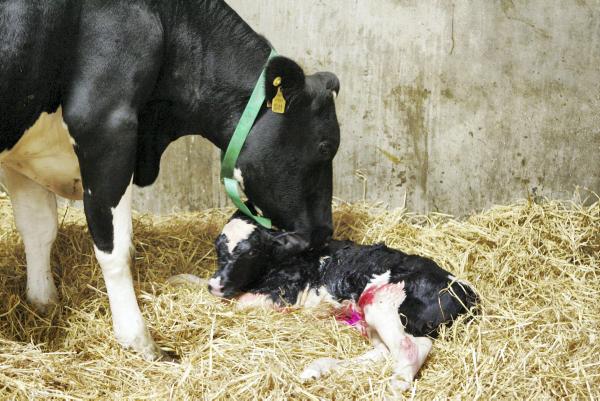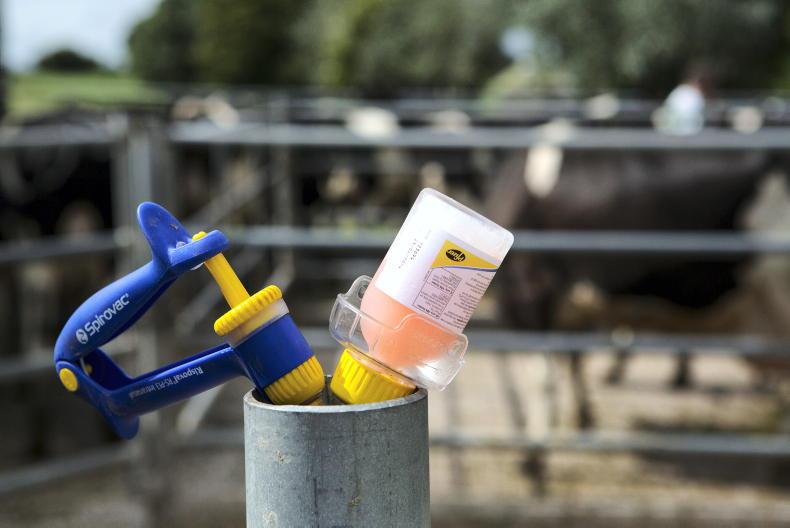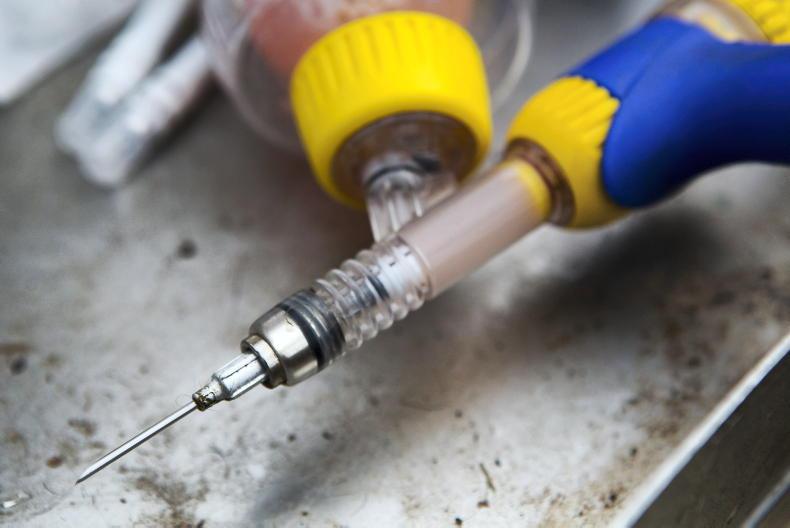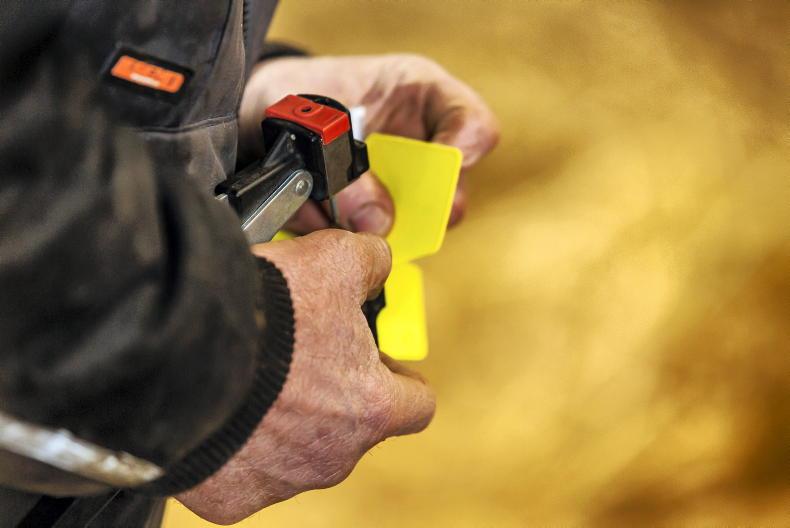We have encountered a number of outbreaks of joint ill in calves in our practice, this spring. Prevention is the key to fighting this disease. In most cases, the bacteria which cause joint ill enter via the navel. They then enter the bloodstream and settle in other parts of the body, most commonly the joints, making them swollen, stiff and painful.
If infection is confined to the navel, treatment with antibiotics is usually successful. However, if joints are involved more aggressive treatment is required, with antibiotics administered for up to two weeks. Invasion of the joint by bacteria often results in irreversible damage to the cartilage and although antibiotics may kill the bacteria, they cannot repair this damage.
Valuable animals can also be treated with anti-inflammatories and by joint-flushing. This involves inserting needles into either side of the affected joint capsule and flushing a sterile solution through it. But this process is not easy. For example, the knee joint in the foreleg is commonly affected, but it is composed of a number of joint capsules. In cases where this joint is badly swollen the correct positioning of the needles can be guesswork. This may need to be repeated two or three times and usually requires sedation of the calf so it is quite expensive.
In too many cases the result is a chronically lame animal. Therefore, prevention is key. The bacteria causing navel and joint ill are very common, but are only likely to cause problems if the calf is born in a dirty environment.
Applying disinfectant, such as iodine, to the navel immediately after birth is helpful, but it has been shown that the single most important means of reducing the problem is improving hygiene in the calving pen and calf housing. On farms where navel/joint ill is a problem, as well as providing calves with a clean, dry bed, an improvement is often seen by changing navel dressing from iodine to chlorhexidine, or vice-versa.
The risk of infection remains as long as the navel is still wet and bull calves tend to dry slower than heifers. As a consequence, bull calves are more at risk of navel ill. Applying disinfectant two to three times before the navel dries out can reduce the risk.
As with all neonatal diseases, an adequate intake of colostrum is also a major factor in prevention. The advice given to dairy farmers regarding removing calves from their mothers immediately after birth as a Johne’s disease prevention measure is a factor for navel/joint ill.
The Animal Health Ireland website provides very useful information relevant to the protection of newborn calves.
*Dan O’Neill works at Ormonde Veterinary, 14 Barrack St., Kilkenny. Ormonde Veterinary is part of XLVets. XLVets is a group of progressive practices that are working together to achieve a better future for agriculture and veterinary in Ireland. For further information go to www.xlvets.ie









SHARING OPTIONS